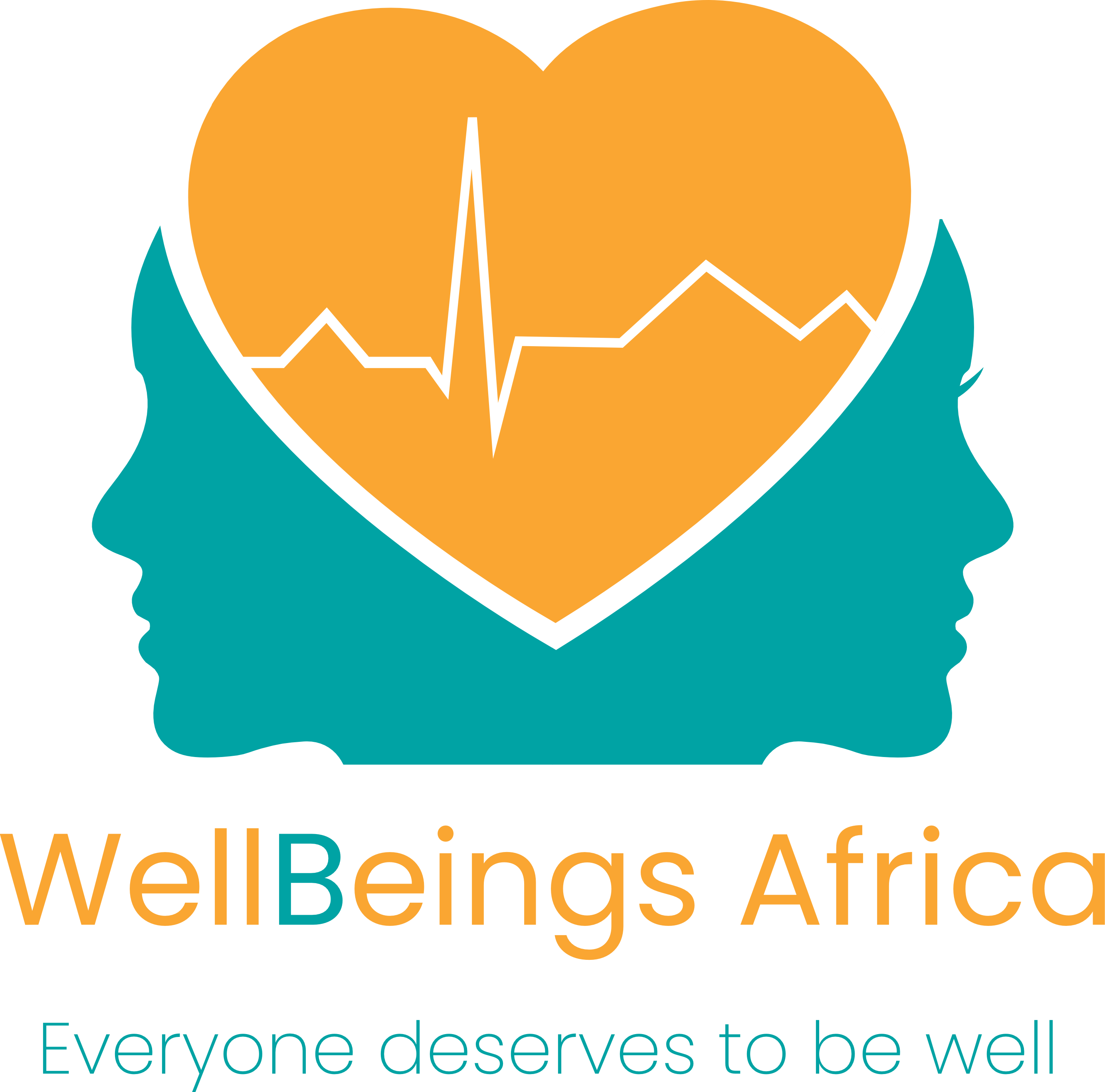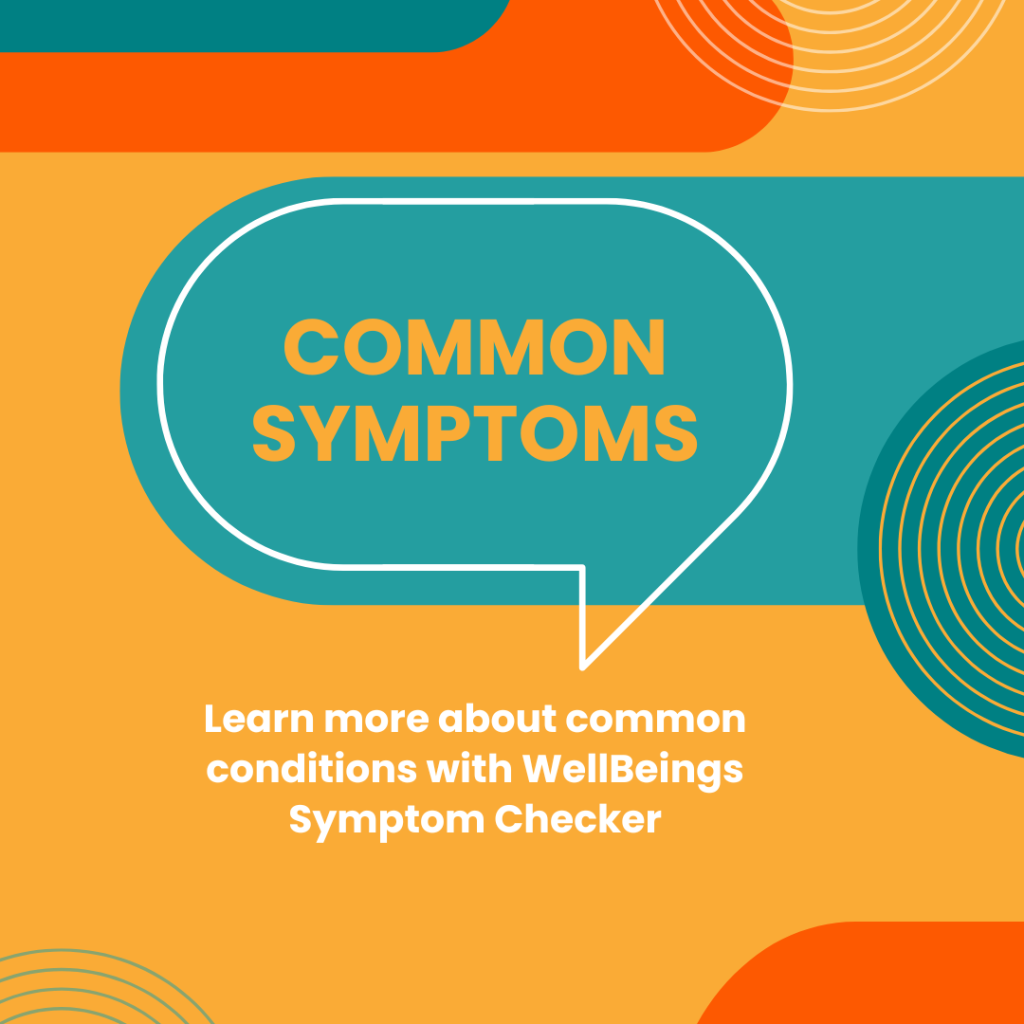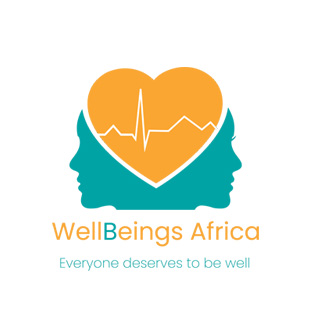More than just “high blood pressure in the lungs”, pulmonary hypertension is a serious illness
Have you heard of pulmonary hypertension? Most people haven’t, or if they have, it’s one of those issues that feels distant and unfamiliar. Each year in November, lung diseases are highlighted, including the lesser-known condition, pulmonary hypertension (PH), which currently has no cure.
It’s a condition that tends to fly under the radar, which means it’s essential for pulmonary hypertension patients to share their stories to help raise awareness of this serious health problem.
Let’s learn more about pulmonary hypertension by getting to know Rafeeqa Lamera, who shares her journey with this disease.
What symptoms made you look for medical help?
I was always short of breath. Even the simplest tasks were a struggle for me. I remember one day I walked from a parking lot to the entrance of a building and I was gasping for air. At that moment I knew that I should seek medical advice.
How has pulmonary hypertension affected your daily life and routine?
PH changed my life forever. I had to do everything at a slower pace. When doing basically anything physical, I would have to sit and breathe before continuing. I would have to wake up earlier so that I could take my time to get ready before leaving the house.
What challenges have you faced managing PH, and how have you coped?
I was extremely frustrated that I wasn’t able to do certain things without needing assistance from someone else. I am a very independent person and having to ask people around me for help was a huge adjustment. I had to accept that my body was no longer capable of doing the things that it could do previously, and that it was okay to ask for help when I needed it.
Did you have any misconceptions before learning more about PH?
I had no misconceptions, as I had never even heard of PH before I was diagnosed. When the doctors came to give me the diagnosis, I thought it was something that would eventually go away after taking medication. But after doing a lot more research, I had a better understanding of PH.

What treatments or therapies have you tried, and how effective were they?
I have been given different types of medication, and as my disease progressed, more medication was added to the list. Eventually, there wasn’t any other medication available for me, as I do not have medical aid, and other treatment would be extremely expensive. Also, these treatments weren’t available to government hospital patients. I was then given an oxygen concentrator to help me cope. But even with the oxygen concentrator, my health was still deteriorating, and the final option was proposed to me, which was to have a bilateral lung transplant.
How do you manage PH-related physical limitations, especially with physical activity?
It all starts with acceptance. I had to accept that I could no longer do the physical activities I was previously able to. I had to accept that I would have to take short breaks when walking. I also had to accept that sometimes I needed a wheelchair to get around, because my body couldn’t handle all the walking.
What should people know about pulmonary hypertension?
Getting an early diagnosis and starting treatment immediately can improve your quality of life. PH is a disease that just gets worse over time, and like being diagnosed with any other progressive disease, you have to accept the new you in order to live a good life after diagnosis.
Every day is different, one day you’ll feel full of energy, and the next, you may feel like you can’t even get out of bed.
PH symptoms are not limited to shortness of breath, chest pain and fatigue. There are so many other symptoms such as dizziness, swelling of the feet, legs and stomach, bruising easily, muscle spasms, hemoptysis (coughing blood), depression etc. The list goes on, and it affects each person differently. People with PH “don’t look sick”, but what others don’t see is how everyday people with PH have to fight their own bodies to survive.
If you experience any of these symptoms, please go to a doctor or hospital for a check-up.
Images: Freepik















